Science and Philosophy in the Indian Buddhist Classics (Volume-1)
THIS IS VOLUME 1 of a four-volume series that brings together classical Buddhist scientific and philosophical explorations on the nature of reality within a framework accessible to the contemporary reader. This ambitious series was conceived by His Holiness the Dalai Lama himself and compiled under his visionary supervision. As the Dalai Lama explains in his introduction, the creation of this com- pilation is grounded in an understanding that it is possible to distinguish three domains in the contents of the great Buddhist treatises of classical India. First is the scientific dimension, which relates to empirical claims about not only the outer physical world but also the inner world of our experience, including the underlying principles that govern their functions and relationships. Second is the philosophical dimension, primarily statements presenting the ultimate truth or truths about reality. Finally, there is what might be called the religious dimension, which relates to Buddhist practice and the path to enlightenment. The Dalai Lama believes that, as the exchange of knowledge among the world's cultures and languages becomes increasingly common, the insights contained in the works of the great Indian Buddhist thinkers, especially the more scientific and philosophical aspects, should be made accessible to contemporary readers. The first two volumes in the series cover the scientific domain: volume I presents the physical world and volume 2. presents the mind sciences. Volumes 3 and 4 will focus specifically on the philosophical dimension of the Buddhist heritage. The remarkable accomplishment of the first two volumes is the gathering together in one place ofinsights of scientific inter- est from the great Indian Buddhist thinkers. Thanks to the Dalai Lama's vision, for the first time the contemporary reader has the opportunity to directly engage with ideas of these key Buddhist thinkers from a scientific perspective, read their own words, and follow the line of their arguments. In their original context, the presentations compiled in this series are embedded within a larger framework that includes philosophical reflections as well as the soteriological goal of awakening. The extraction and organization of these views within the framework of scientific inquiry is in itself a revolutionary achievement in the history of Buddhist thought. That all the classical sources gathered in these two volumes on science are drawn from the Tengyur-the Tibetan translations of the Indian Buddhist treatises-also makes this compilation an important gift to the world from the Tibetan tradition. The Buddhist science that arose in India is as ancient as Greek science, and its methods and insights speak to us from a long bygone era. For many it is a reality that now lives only in the pages of ancient treatises, whose sounds and smells have long dissipated, and whose logic, art, and wisdom remain obscure. But equally it may be said that such impressions are misleading, for Buddhist science and its insights have relevance to us in our time. And this is not just within traditional Eastern cultures where Buddhism remains a living tradition. Buddhist science has two components: the external science of the material universe plus the internal science on the nature of the mind itself. Each relies on the other, but it is internal Buddhist science that has achieved unique and profound insights into the nature of mind, and such insights are specifically relevant to the modern world. Thanks to influential works like A. L. Basham's The Wonder That Was India, consciousness of classical India as the cradle of a highly advanced civilization rich in art, culture, and religion has long been mainstream. Scholarly research during last few decades has demonstrated the sophistication of India's rich philosophical heritage as well. In addition, archeological excavations of the cities of Mohenjo Daro and Harappa of the Indus Valley civilization have brought to light the sophistication of ancient India's technological knowledge and skills. Now these two volumes on Buddhist science have the potential to fill in one important gap in our knowledge of classical India, namely the achievements in scientific thinking that occurred within the Indian Buddhist traditions. Perhaps the most exciting feature of these two volumes on science in Indian Buddhist classics is their contribution to the history of ideas. The current discipline of the history of ideas, especially the history of science, is undeniably Eurocentric, with little attention paid to civilizations outside the Western world. This volume clearly documents a sophisticated tradition of scientific thinking in India, with investigations of atomic theory, the relativity of time, the concept of multiple world systems, embryonic development, the function of brain, and microorganisms within the human body. As a resource for the history of ideas, these two volumes have the potential to bring focused attention to the intellectual achievements of great thinkers like Nagarjuna, Asanga, Vasubandhu, Dignaga, and Dharmakirti. These volumes also open up the possibility to engage in a more comprehensive cross-cultural comparison between the scientific thinking of classical India and the West, thus offering a basis for developing a truly inclusive global narrative of the history of ideas. To assist the contemporary reader, the six parts of each volume are all introduced with brief essays, from myself for volume 1 and from my colleague John Dunne for volume 2.. These essays aim to (I) provide a larger context to the topics in each section, (2.) offer helpful signposts to the con- temporary reader so that he or she can ably navigate terrain covered, and (3) draw attention to possible parallels in Western scientific and philosophical thinking. Personally, it has been both a profound joy and an honor to be part of this ambitious project. First and foremost, I would like to offer my deepest gratitude to His Holiness the Dalai Lama for his vision as well as his leadership of this valuable initiative. As stated in his introduction, in creating this compilation, His Holiness is sharing with the world the wisdom and insights of classical India that have been such an important resource for the Tibetan people for over a millennium. Never have I met anyone who cares so much about the world and thinks so much about the welfare of humanity with such constancy.
Get it now and save 10%
BECOME A MEMBER

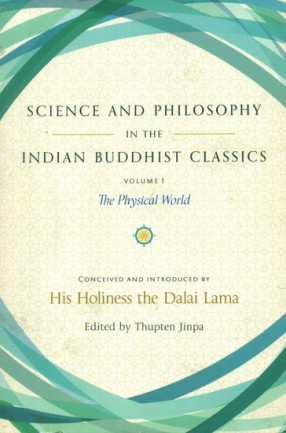
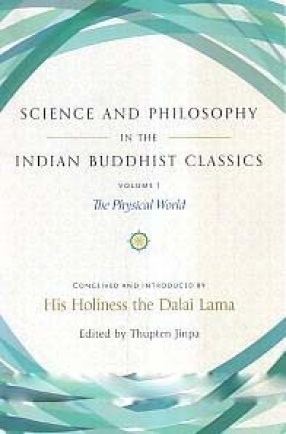
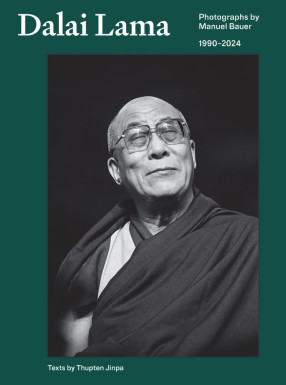


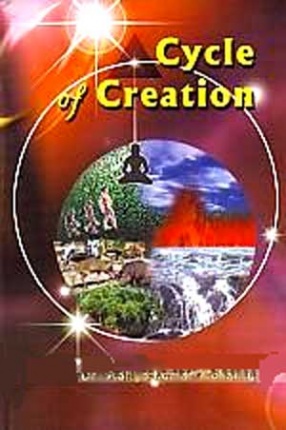
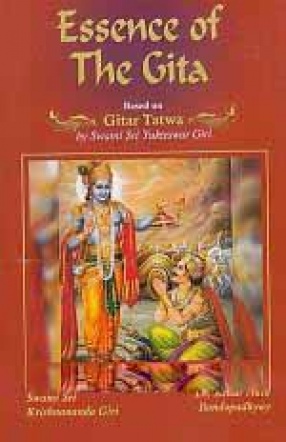

Bibliographic information